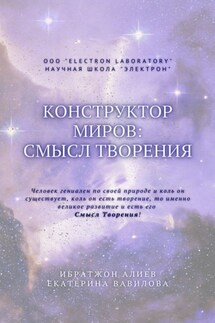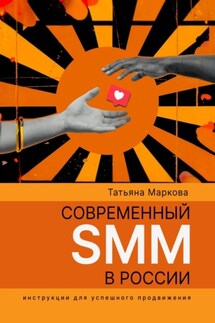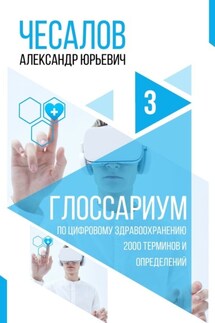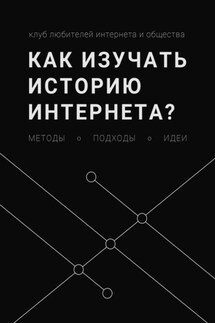Все науки. №6, 2022. Международный научный журнал - страница 31
The same parameters can be given for the EG-2 SOKOL electrostatic accelerator, now owned by the Research Institute of Semiconductors and Microelectronics at the National University of the Republic of Uzbekistan.
Therefore, in order to carry out this kind of nuclear reactions, when special conditions are necessary, they must once again be specified and clarified, as close as possible to the real values. In addition, if we dwell in detail on the mechanism of reactions, we get a picture from the fact that, as indicated, it is important to have a special device – an accelerator of charged particles, which could impart more energy in the amount of several MeV, for a charged particle. After that, this particle would come across a target of a certain substance, thanks to which a certain nuclear reaction took place. At the same time, a number of processes occur, one of which is overcoming the Coulomb barrier, that is, even if a nuclear reaction occurs with an energy output, the particle must still expend some energy to carry out this action, but if you choose a general combination as follows, so that such an amount of energy is expended, so that eventually a small amount remains by turning the incoming particle into a slow one, the probability of this reaction passing sharply increases to not small values, already after the Coulomb barrier, when Coulomb forces are no longer taken into account and the process takes place at a nuclear radius, as indicated.
Thus, it is important to create an LCU that would give energy to charged particles with a 9—10 order, which significantly increases the efficiency of the entire system under study and leads to a more accurate determination of the Coulomb and other barriers of any reaction. At the same time, this LCC has a number of advantages along with all available accelerators, since, to begin with, it is a combination of two classes of accelerators: cyclic and linear.
Speaking of accelerators, it is important to note that accelerators themselves are simple, in which particles are accelerated by an electric field, the whole principle is based on this. It is also impossible to doubt that the time has finally come for the reaction of the first resonant nuclear reactions at the first LCC. After all, if we resort to history, then, for example, the very first accelerator was built in 1930 by Lawrence Berkeley. The first accelerators are considered to be the accelerators of 1931, when a 23 cm ring cyclotron was created at the University of California to accelerate hydrogen ions with an energy of 1 MeV. A 28 cm ring proton cyclotron with an energy of 1.2 MeV was also developed in Berkeley in 1932. There, at the University of California, Berkeley, a 68 cm ring deuterium cyclotron with an energy of 4.8 MeV was developed from 1932 to 1936; a 94 cm ring deuterium cyclotron with an energy of 8 MeV was developed from 1937 to 1938; a 152 cm ring tritium cyclotron with an energy of 16 MeV was developed from 1939 to the present time; from 1942 to the present The operating time is 467 cm ring cyclotron for various charged particles with an energy of more than 100 MeV. At the same time, in 1932, a proton electrostatic proton accelerator with an energy of 0.7 MeV Cockcroft-Walton was constructed at the Cavendish Laboratory, acting thanks to the voltage multiplier of Ernest Thomas Sinton Walton and Sir John Douglas Cockcroft (winners of 1951), already better known as the Cockcroft-Walton voltage multiplier.









